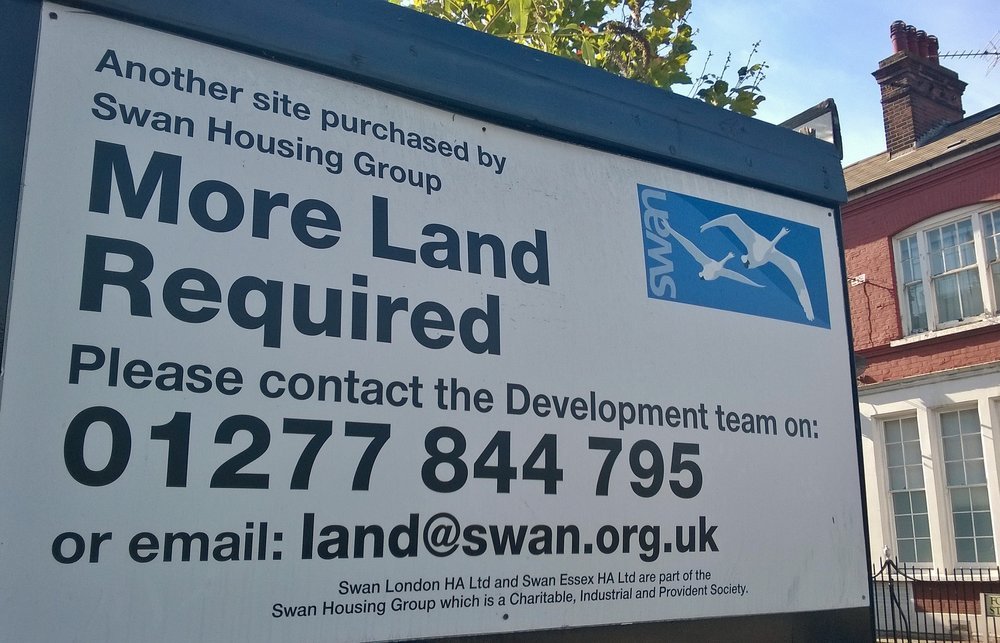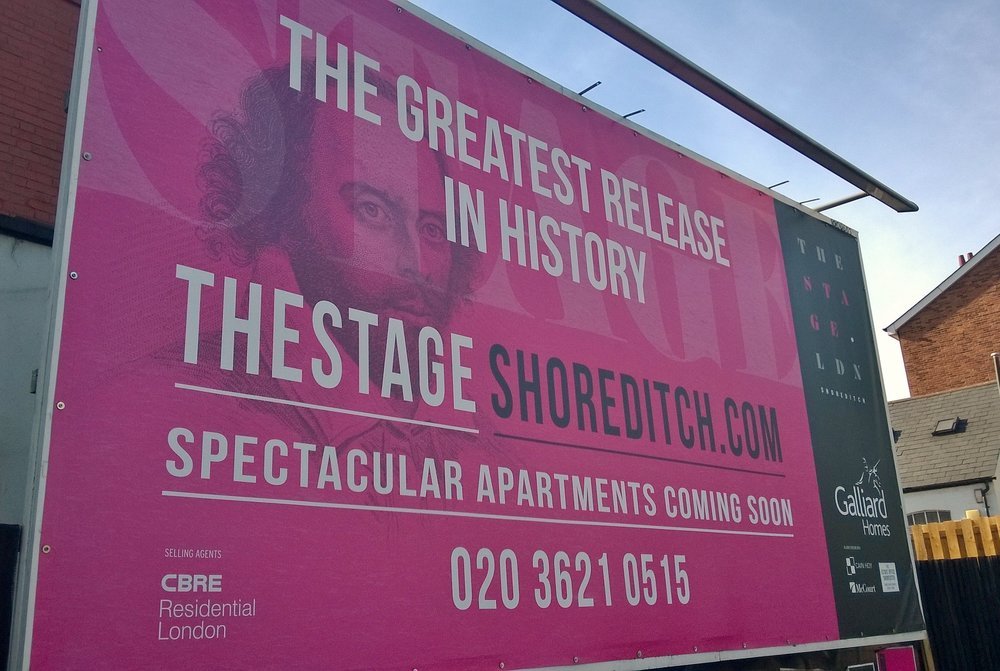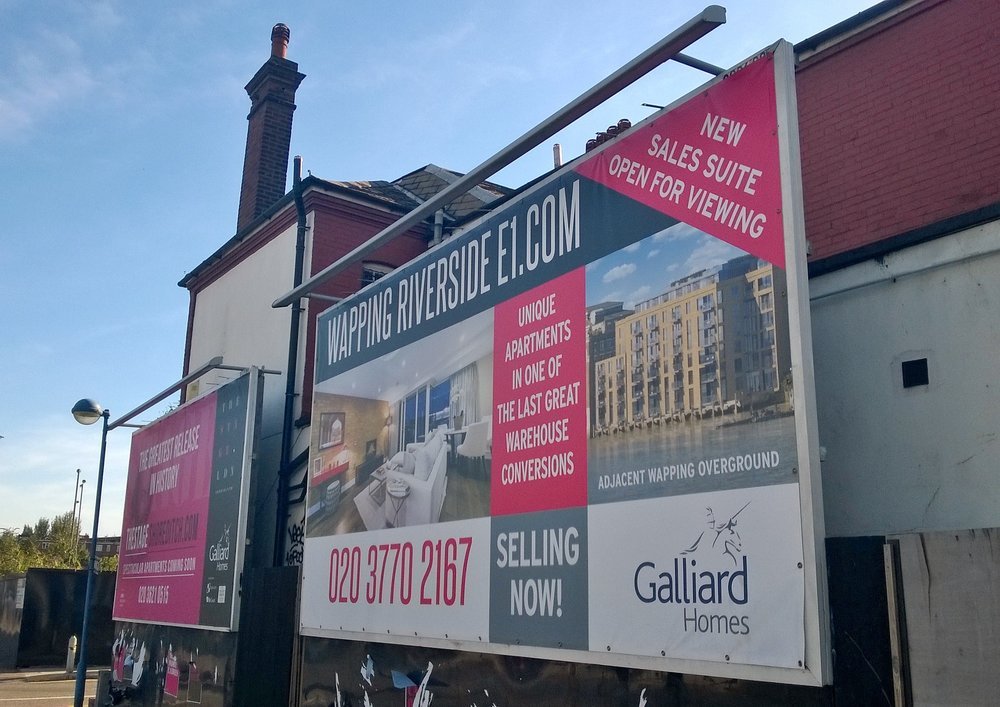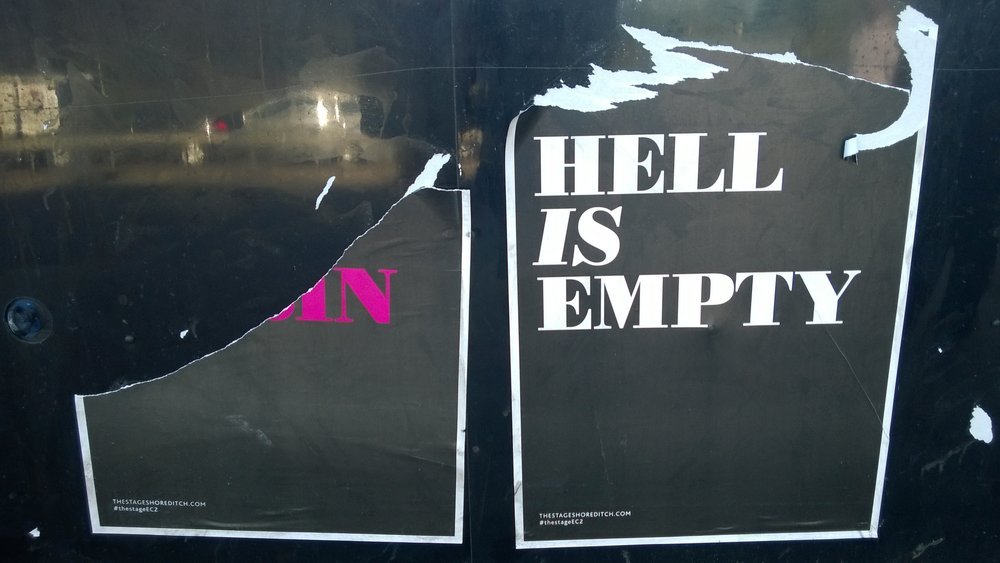Robin Hood Gardens - Millennium "Breathing Space" strangled by Blackwall Reach
I recently walked around Robin Hood Gardens in the company of Rab Harling and Adam Greenfield as part of my ongoing research into gentrification and acts of resistance. These are my reflections...

Entrance to first block at Robin Hood Gardens.
Robin Hood Gardens social housing at once derelict yet also very much alive. New housing developments claw and gnaw at its boundaries.

New buildings peek into Robin Hood Gardens.
Internationally recognition for architectural design is no barrier to demolition[1].

Still occupied block at Robin Hood Gardens.
Remaining residents will soon be decanted. The entire site flattened to make room for more, densely packed, luxury housing.

Mops and buckets.
On top of the hill in the middle of the estate. Incredible green space. A place of play. A habitat for concrete, mosaic-covered animals. My favourite, a tortoise.

Brutalist Tortoise.
The architectural elegance of this Brutalist social housing estate was clear as we surveyed the site from that wonderful vantage point. And, from the hill, it was abundantly clear why the estate would soon be demolished. The glass-fronted and colourful, box-shaped postmodern architectural constructions and towers loomed around almost every side of the estate.

Here comes dispossession by accumulation.
We walked to the sunken children’s playground on one edge of the estate with its high wire fences and colourful children’s murals. The murals commemorated the 2012 Olympic Games. Behind them, across the road, were the hoarding boards of another new development and, behind that, the looming towers of Mammon – the City of London. Images of children from around the globe holding hands seemed to form a hope-filled, yet ultimately futile, defence against encroaching bulldozers, controlled explosions and wrecking balls. It was a touching scene. Soon gone forever.

Blackwall Reach meets children's murals.
We skirted the edge of the now decanted block and there on the wall was a scuffed and faded plaque: “Robin Hood Millennium Green”. An initiative of the Millennium Projects and Countryside Commission, it commemorated the area as being one of London’s “Breathing Spaces”. I reflected on the notion of an already maligned social housing estate being identified as a “breathing space”. The air was now running out. The breathing space was being squeezed, strangled, suffocated by a state-led, investment bank-financed, space (and land) grab. The needs of hundreds of families were no match for them; their children’s hopeful artwork in vain.

Robin Hood Gardens "Breathing Spaces" plaque.
There, across the road, the hoardings screamed: “Be Ready. Coming Soon 1, 2 and 3 bedroom apartments for sale.” For sale. For sale. This was Blackwall Reach. Images of happy, wealthy people looking out towards Robin Hood Gardens – a frontier, for now, of the multi-pronged gentrification of London.

Blackwall Reach hoarding.
The curved cast concrete walls, now derided as making the estate perimeter look like a prison camp, originally designed as sound baffles against passing traffic, stood crumbling in the face of this neoliberal onslaught, undermined by years and years and years of neglectful lack of local council maintenance. And yet, these walls, like the majestic tower blocks that gently reacted against shifting light and the people we met who were still happily living on the estate, remained dignified; remained proud.

Robin Hood Gardens concrete sound baffles.
Another sign: “Robin Hood Gardens Over-60s Club”. I wondered what would happen to this club once the residents had been callously decanted elsewhere. Who knows where? Who cares where?
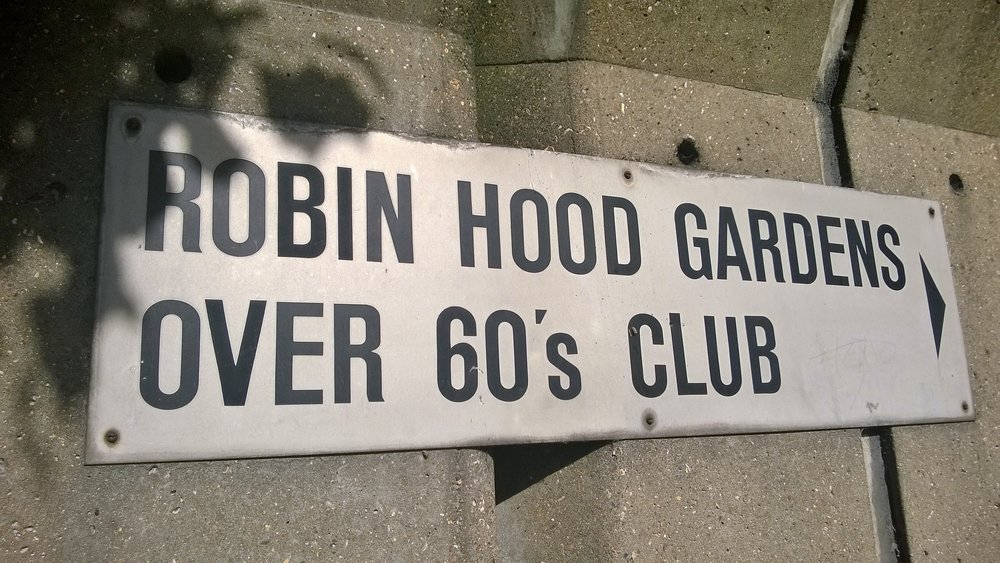
Over 60s Club sign.
Inside nicely kept stairwells with beautifully painted signage.
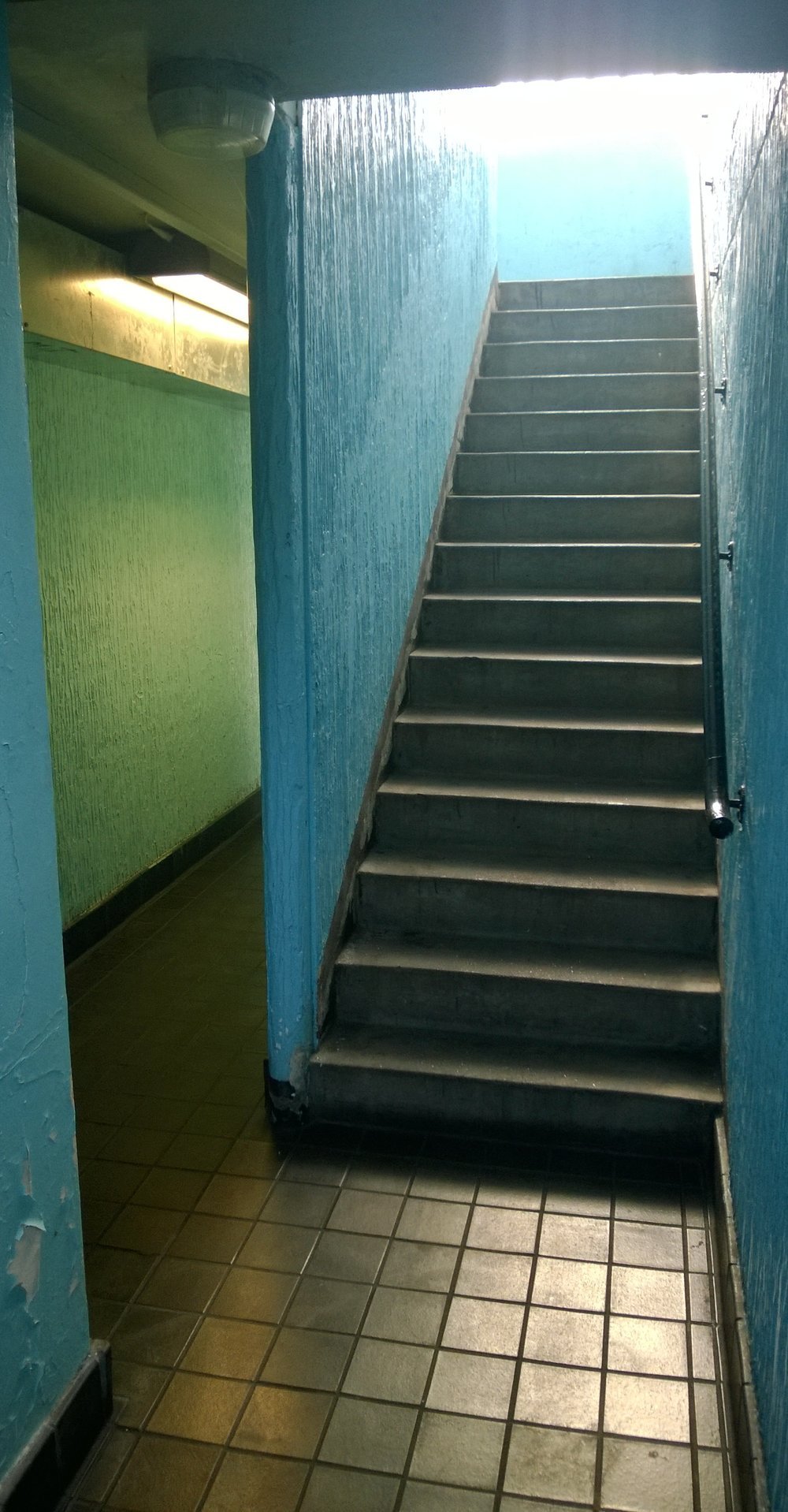
Stairwell.

Floor number sign.
Views from the upper walkways: River Thames, the Blackwall Tunnel, new buildings everywhere, including a new council office block to the rear of the estate!

View from Robin Hood Gardens walkway.
A not too distant Balfron Tower.

Balfron Tower.
We left Robin Hood Gardens and headed towards Balfron Tower.
We crossed the busy roads to towards Balfron Tower and passed the building where a Banksy was recently removed from one of the walls of a building. We passed signs confirming that “More land purchased”; pleading, “More land required”. Billboards: “The Greatest Release in History. The Stage: Shoreditch.Com. Spectacular Apartments Coming Soon.” Another billboard: “Wapping Riverside E1.Com. New sales suite open for viewing. Unique apartments in one of the last great warehouse conversions. Adjacent Wapping Overground. SELLING NOW!” This was the boundary of Poplar, a vast advertising ground for gentrification projects both there and elsewhere. Beneath the Shoreditch.Com billboard were some recently vandalised posters also advertising the new development: “Hell is empty”. It certainly appeared that this form of property hell was very, very empty; vacuous; socially cleansed.

